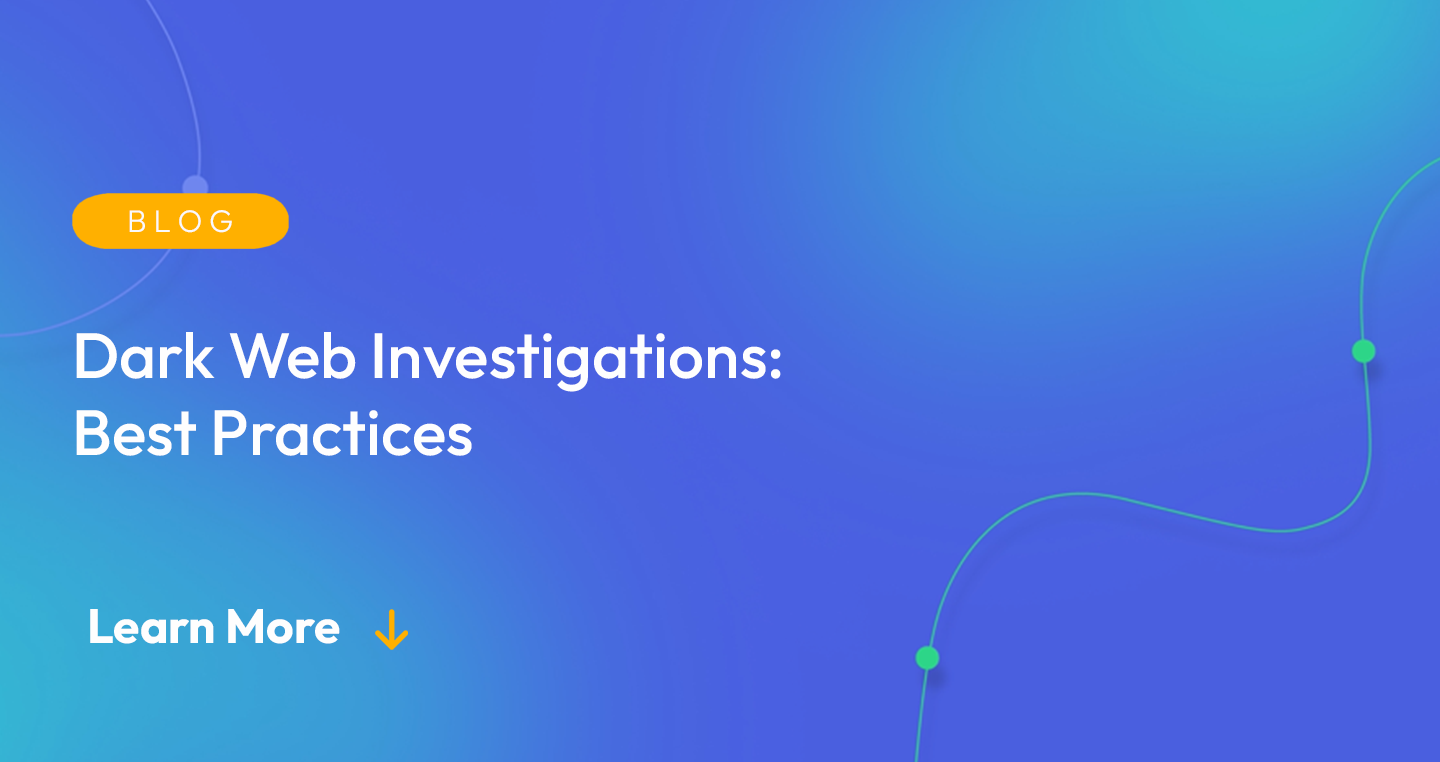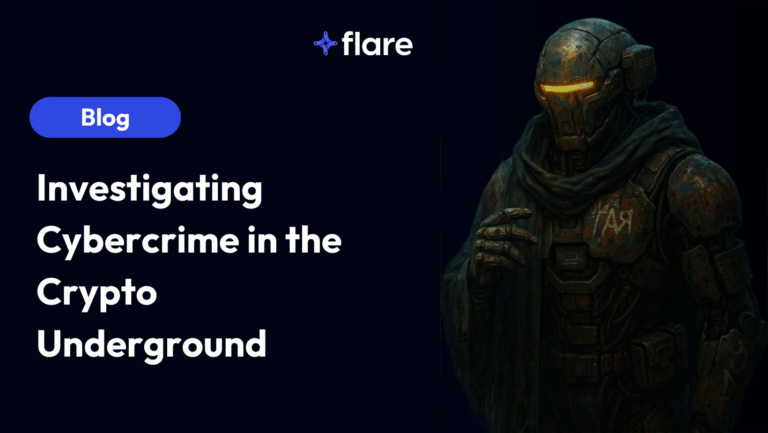
As we become increasingly reliant on digital platforms, the dark web plays a critical role in the ever-evolving landscape of cyber threat intelligence. For organizations, comprehending and mitigating these hidden dangers has become a business imperative.
The increase in remote work and cloud-based solutions, also amplifies cyber risks. By actively conducting dark web investigations, organizations can enhance their threat intelligence and craft more effective cybersecurity strategies. This process, while seemingly daunting, can be broken down into manageable steps, ensuring that organizations can navigate this cyber underworld safely and effectively.
Understanding the Dark Web: Its Significance in Cyber Threat Intelligence
What is the Dark Web?
This hidden section of the internet, accessible only through specialized software like Tor, is a breeding ground for illicit activities, given the anonymity it provides to users.
Cybercriminals exploit this cloak of invisibility to trade everything from stolen credit card data and personal information to drugs and weapons.
However, despite its notorious reputation, the dark web can also serve as a valuable source of cyber threat intelligence for businesses and governments alike. Delving into the dark web can help organizations unearth real-time insights about:
- potential threats
- planned cyber attacks
Using it as a research tool helps companies stay a step ahead of cybercriminals.
Identifying Potential Threats: The First Step in Dark Web Investigations
Embarking on the journey into the dark web might seem intimidating, but it begins with a single step – identifying potential threats. As the first stage in dark web investigations, it requires diligence and sharp acuity to discern the subtle signals amongst the chaos. Here are some critical areas to focus on:
User Discussion Forums and Marketplaces
Numerous forums and marketplaces within the dark web serve as gathering places for cybercriminals. They use these platforms to share:
- New hacking techniques
- Vulnerabilities
- Stolen data
Monitoring these forums can provide insights into emerging trends in cybercrime and can potentially alert organizations about planned attacks.
Stolen Data
One common activity on the dark web is the trade of stolen data. Cybercriminals often sell databases full of user credentials and other sensitive information. Regular searches for your company or brand names could help identify if any of your data is for sale, enabling you to respond proactively before any significant damage occurs.
Malware and Exploit Trends
Threat actors often share and sell malware, ransomware, and new exploit trends on the dark web. Keeping tabs on these trends provides valuable insight into what kind of attacks are in vogue and which vulnerabilities are being exploited. This information can help you strengthen your defenses against these specific threats.
By being alert to these potential threats, organizations can strengthen their stance against cybercriminals. They can take appropriate actions to:
- patch vulnerabilities
- fortify their cybersecurity measures
- ensure that their data remains secure
These investigative practices set the stage for an active, robust approach to cybersecurity, shedding light on the threats that lurk on the dark web.
Leveraging Advanced Technologies: Essential Tools for Effective Dark Web Surveillance
In the intricate maze of the dark web, manual surveillance and investigation can be a time-consuming, and inefficient endeavor. This is where technology comes to our aid, offering advanced tools that enable effective and efficient dark web surveillance. Here are some critical tools that organizations should leverage for their dark web investigations:
AI and Machine Learning
With the vast amount of data flowing in the dark web, AI and machine learning have become essential tools for sorting, analyzing, and drawing meaningful conclusions from large amounts of information. They can identify patterns, trends, and threats much faster than human investigators, providing a significant boost to the investigation process.
Cryptocurrency Trackers
Cryptocurrencies, notably Bitcoin, are the primary medium of exchange on the dark web due to their pseudo-anonymous nature. Cryptocurrency trackers can trace the movement of these digital assets, helping investigators link transactions to specific individuals or entities.
Harnessing the power of these technologies equips organizations with the means to conduct efficient and effective dark web investigations. It allows them to adapt to the evolving cyber threat landscape, fortifying their defenses and maintaining their commitment to data security.
Preventing Cyber Threats: Best Practices to Adopt in Dark Web Investigations
Navigating the dark web for investigative purposes is a task that requires tactical strategies and careful execution. As a daunting and precarious realm, understanding how to effectively utilize its resources is vital for every organization striving to enhance its cybersecurity.
Below are the best practices to adopt during dark web investigations:
1. Regular Surveillance and Prompt Action
Consistent and regular monitoring of dark web activities helps in identifying potential threats and breaches early. Once a threat is identified, prompt action should be taken to mitigate any potential harm. This could mean securing compromised accounts, addressing vulnerabilities, or strengthening security measures.
2. Collaboration and Information Sharing
Collaborating with other organizations and cybersecurity researchers can provide broader visibility into cyber threats. Sharing threat intelligence can help to uncover larger criminal networks, leading to more effective preventive measures.
3. Employee Education and Training
Employees often are the first line of defense against cyber risks. With regular training, employees can better understand the risks associated with the cyber-threat landscape and encourage safe online practices. An informed team can significantly reduce the chances of internal breaches.
By integrating these best practices into your dark web investigation procedures, your organization can continue its commitment to security.
Flare’s Dark Web Monitoring
In the ever-evolving digital landscape, the dark web remains a significant source of potential threats and cyber intelligence. Through dark web investigations, cyber teams can identify potential threats and effectively navigate this intricate web of threats.
Flare archives the dark web back to 2017 so that cyber analysts can safely and securely browse the clear & dark web and illicit Telegram channels anonymously and safely. Sign up for a free trial to see what it’s like to conduct dark web investigations through Flare.





